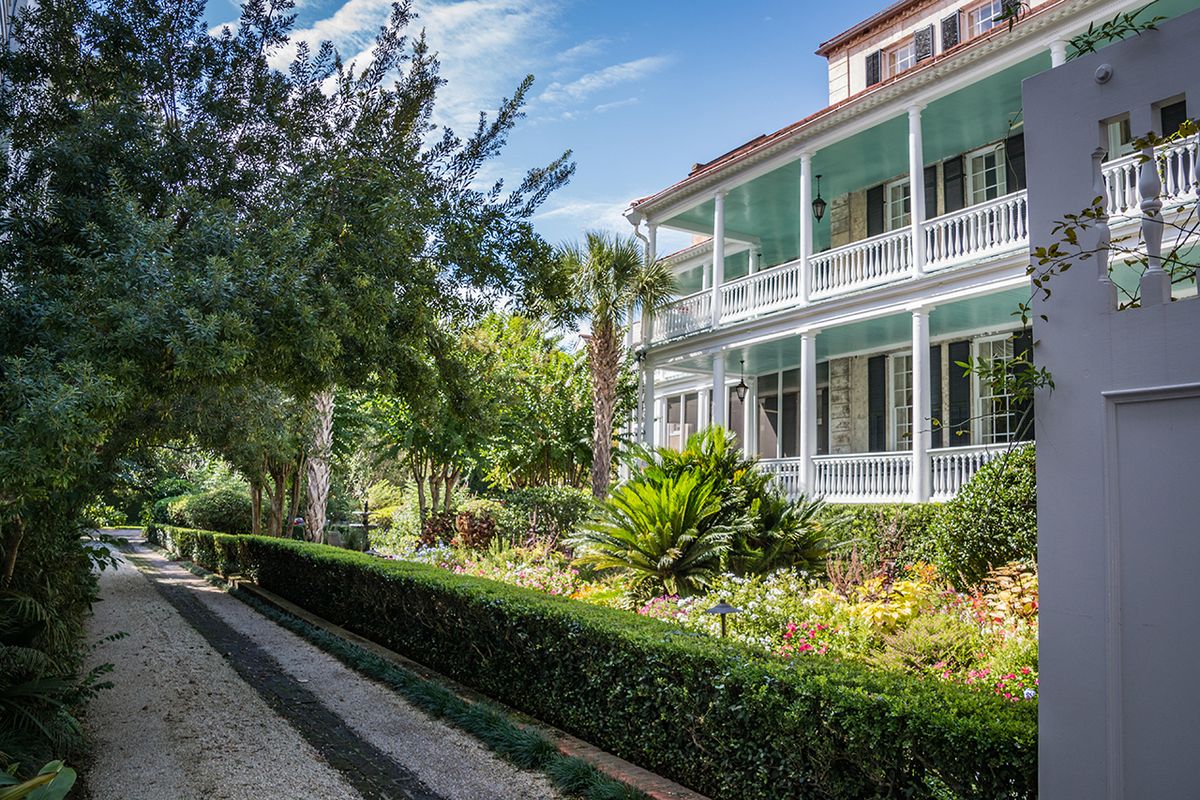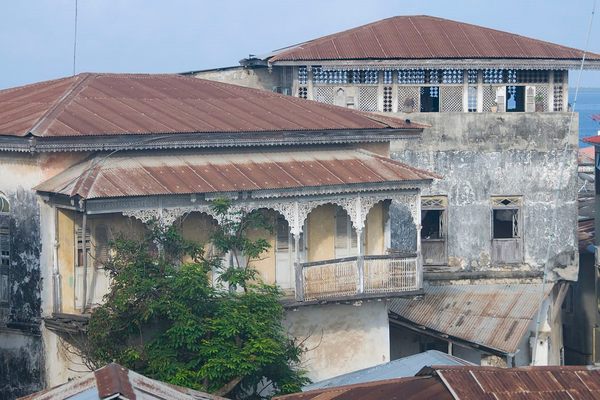About
Porch ceilings throughout the marshy, coastal Lowcountry—stretching from northern Georgia to Charleston, South Carolina—are drenched in “haint blue,” a centuries-old Gullah Geechee spiritual tradition meant to stop evil spirits from entering a home and wreaking havoc.
Descendents of enslaved people brought from Central and West Africa in the 18th century, the Gullah were forced to work the Lowcountry’s rice and indigo plantations. In their isolation, the enslaved were able to maintain a number of spiritual practices from their homelands. Rituals revolved around minkisi (animating everyday objects with the power to heal or harm), conjuring spells, and confronting malevolent spirits.
“Haints” and “boo-hags”—witches or wraiths who looked like regular people during the day but slipped out of their skin at night—were especially dangerous. Various methods were used to ward off haints, including capturing them in shiny bottles. Painting the ceiling of a porch in robin’s-egg blue tricked a haint into believing that the porch was water, which it could not cross, or endless sky, which would lead it further from the intended victim.
Through the 19th century, the tradition of painting porch ceilings haint blue grew to include not just Gullah homes but also those of plantation owners and other white landowners in the Lowcountry. The color is found throughout Beaufort, South Carolina, one of the few places in the region where large numbers of antebellum mansions survived the Civil War.
The 1861 “Castle” at 411 Craven Street and The Anchorage, a 1770 mansion-turned-inn at 1103 Bay Street, are just two of the town’s “Grand Dames” dressed in haint blue.
Related Tags
Community Contributors
Added By
Published
January 14, 2020



































